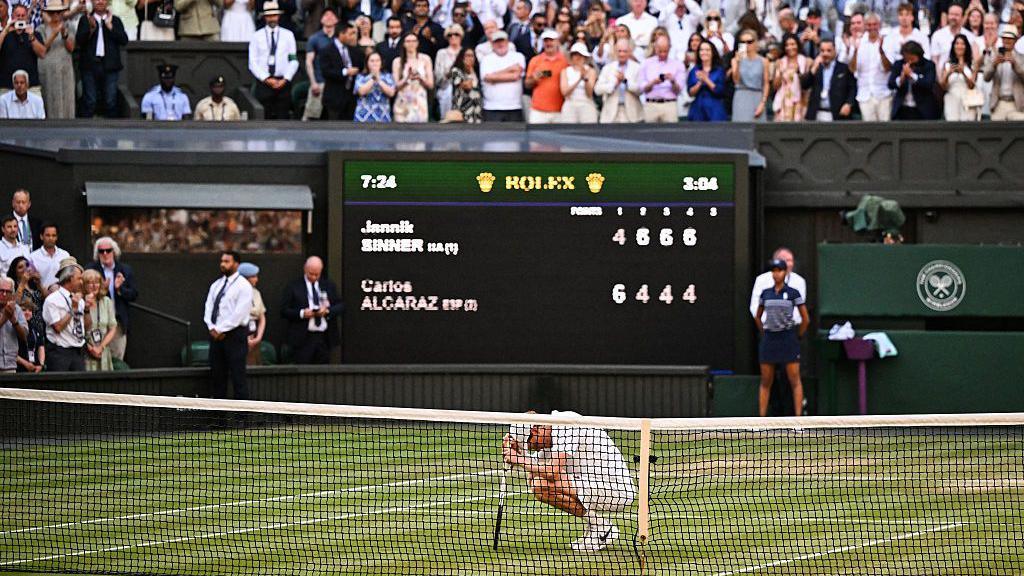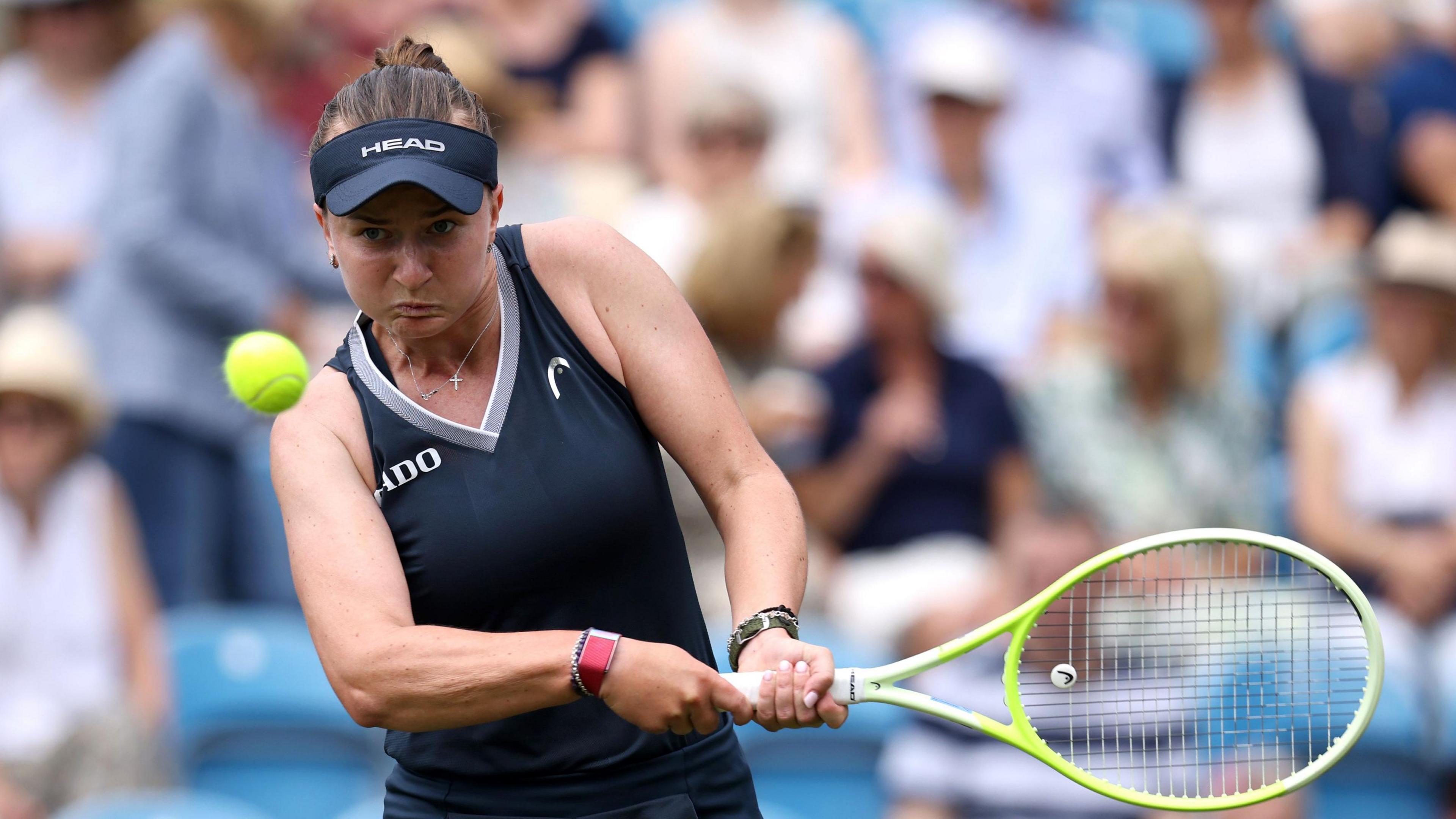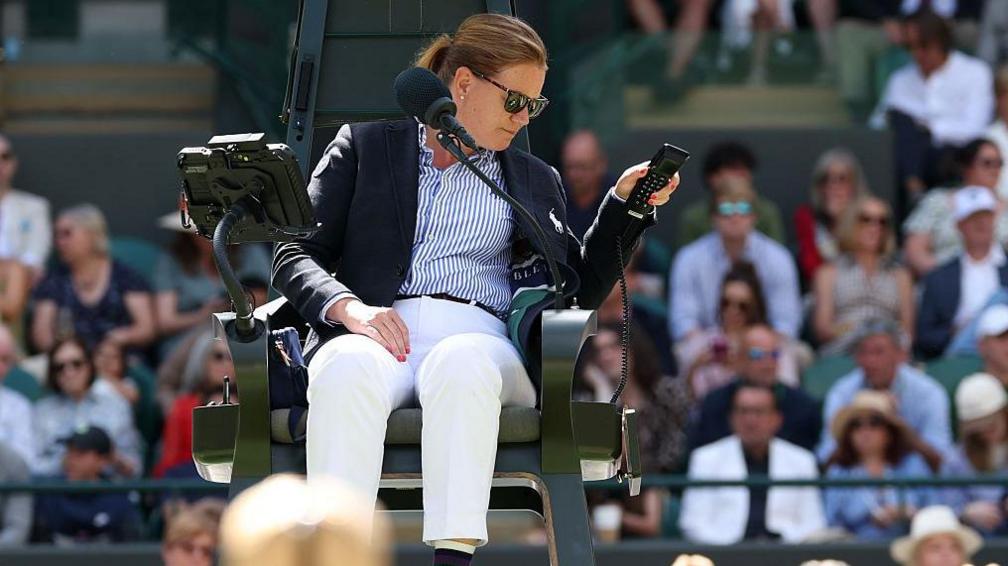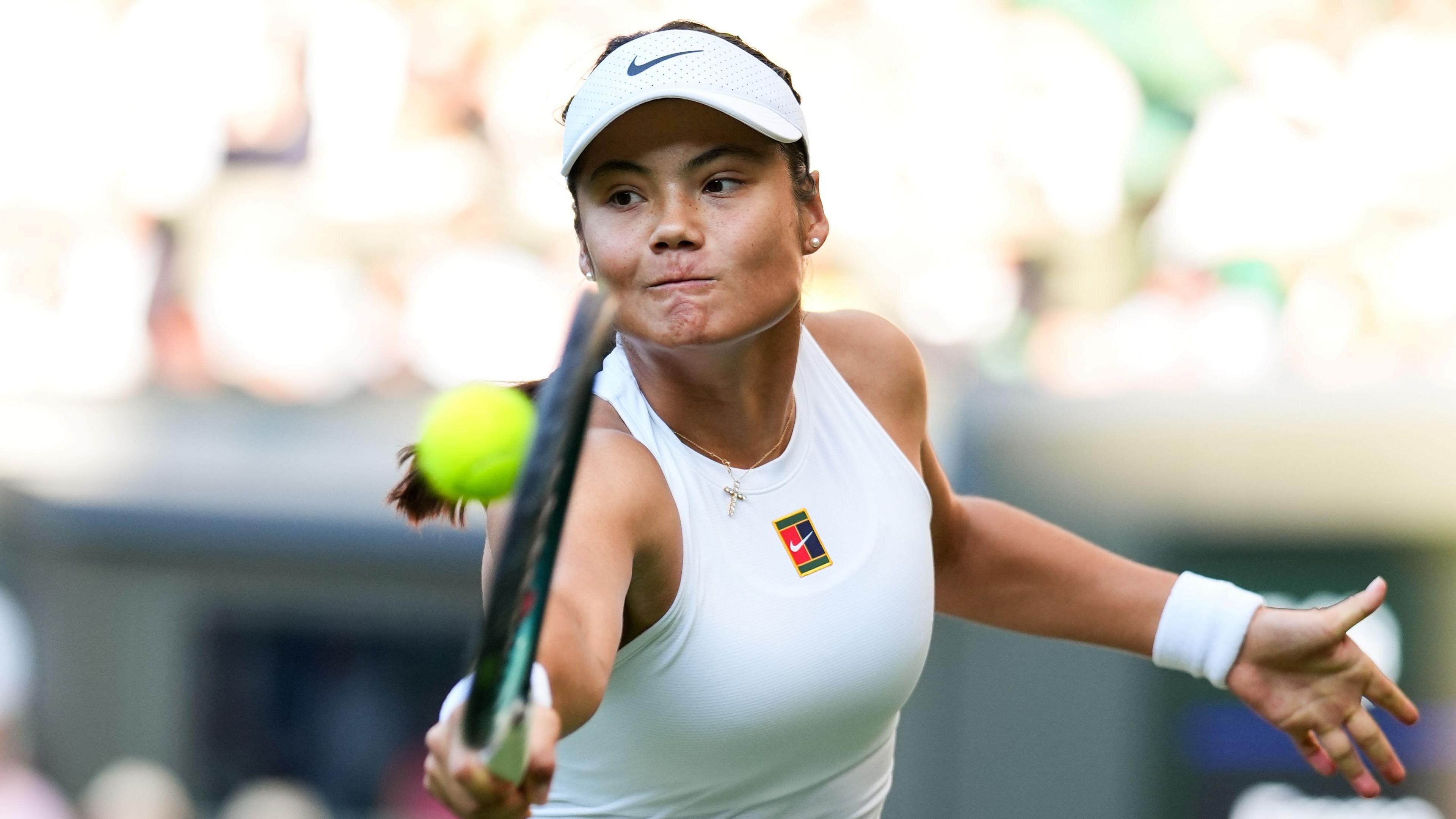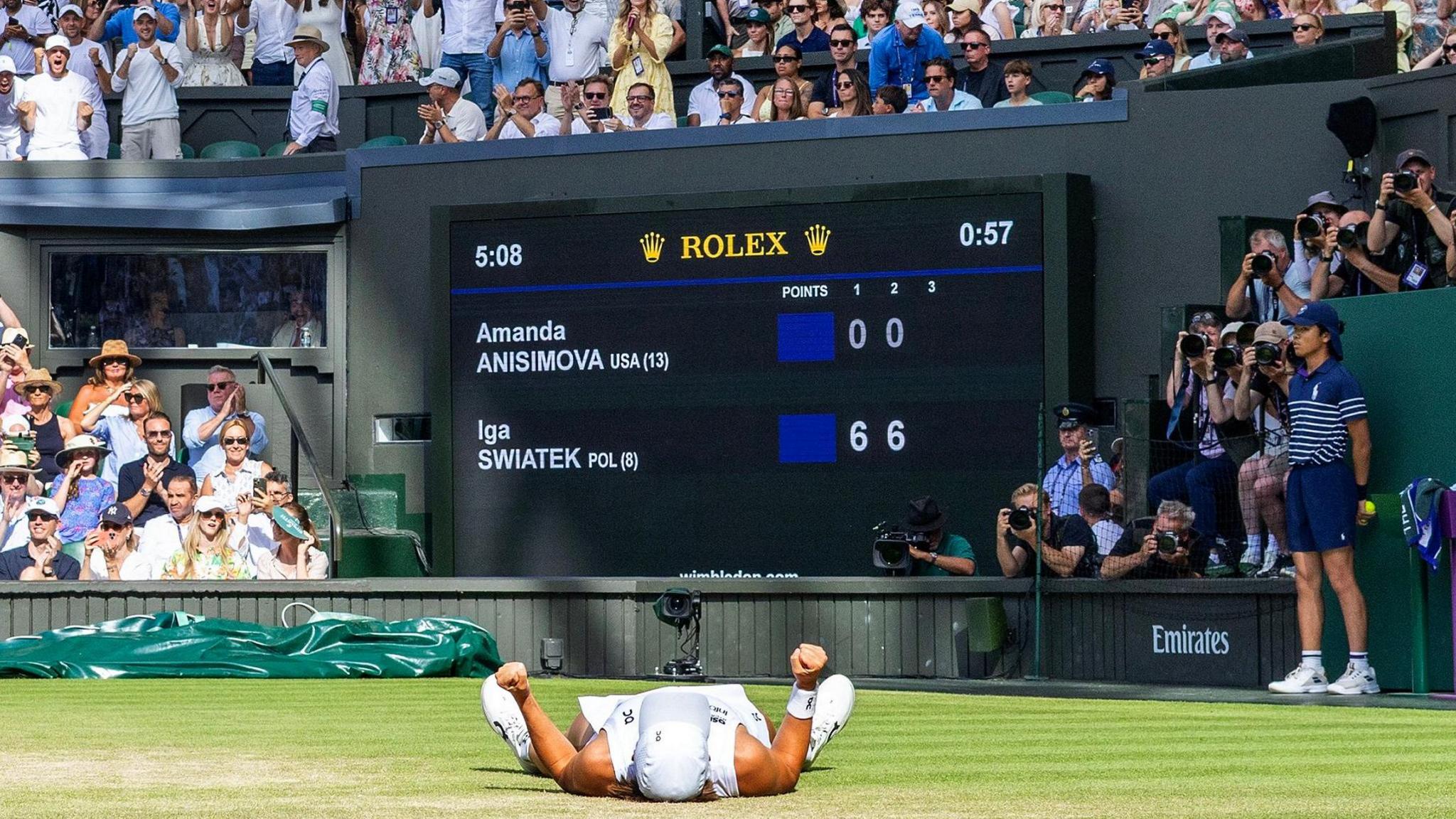Historic Queen's Tournament: Boultucanu, Home Comforts, and the Rise of Women's Tennis
Explore the historic Queen's tournament, featuring the rise of 'Boultucanu', home comforts for British players, and the growing momentum of women's tennis.
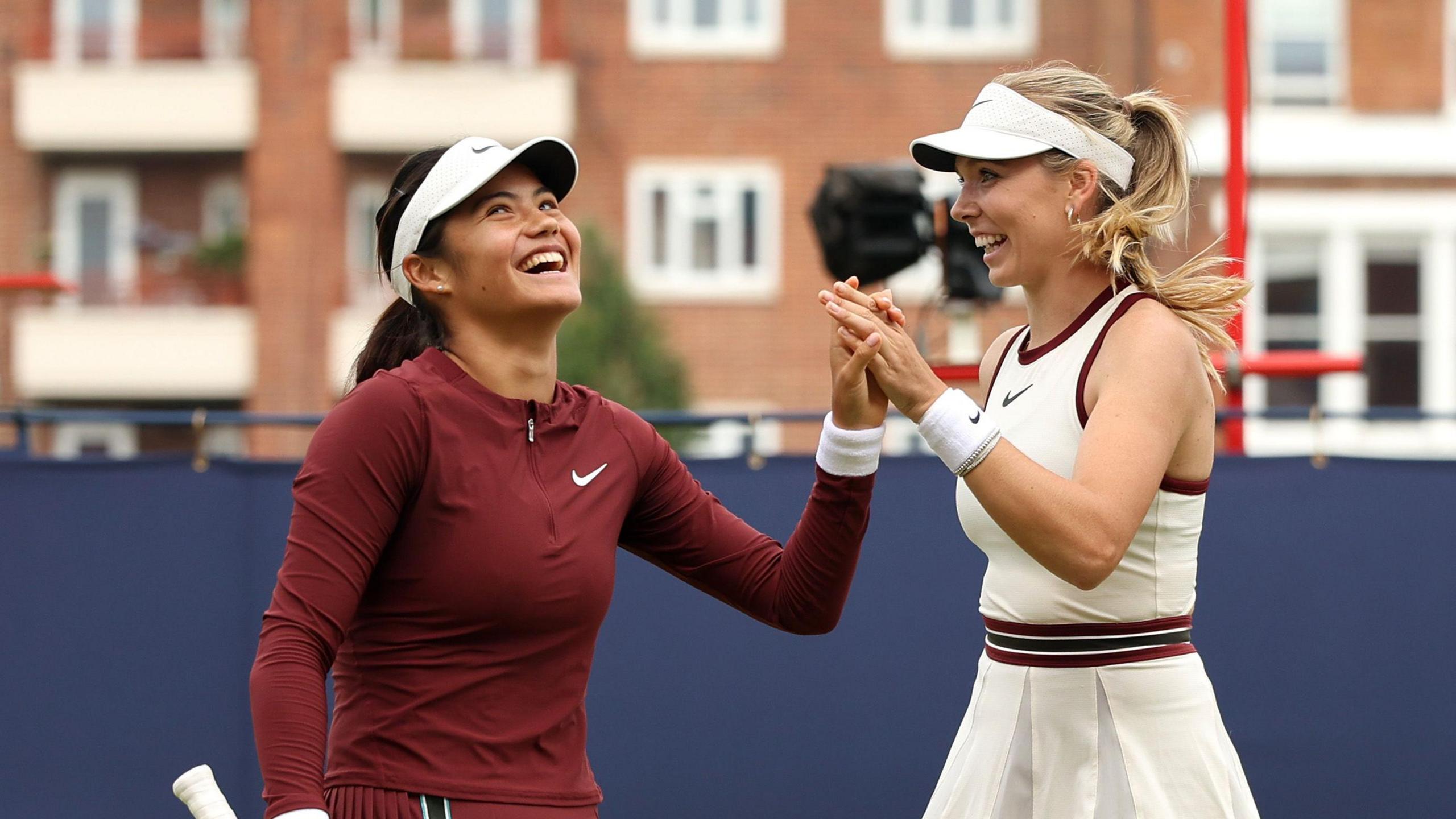

The historic Queen's tournament has been a spectacle of tennis excellence, marked by packed crowds, British feel-good energy, and the emergence of 'Boultucanu'—the dynamic doubles partnership of Emma Raducanu and Katie Boulter. This year's event, the first women's tournament at Queen's since 1953, has been a long-awaited moment for many in the tennis community.
The Rise of 'Boultucanu'
One of the highlights of the tournament was the surprise doubles pairing of Emma Raducanu and Katie Boulter, affectionately nicknamed 'Boultucanu'. Their first-round win on the intimate Court One delighted the 1,000-capacity crowd, with the duo laughing, joking, and engaging with fans during changes of ends. Although their run was short-lived, they have teased a potential return later in the year.
Home Comforts for British Players
The British contingent, including Raducanu, Boulter, Sonay Kartal, and Heather Watson, thrived in the familiar surroundings of London. Raducanu, in particular, credited the home comforts for helping her rhythm and allowing her to play with a 'free and expressive' style. Boulter, who described Queen's as everything she dreamed it would be, enjoyed the enthusiastic support from the crowd throughout her matches.
A Quintessentially British Experience
Walking around the grounds of Queen's feels like a 'mini Wimbledon', with fans dressed in their finery, Pimm's flowing, and meticulous attention given to the flowers and greenery. The bustling atmosphere, with fans queuing at merchandise stalls and craning their necks at practice courts, added to the tournament's charm. British icon Sir Andy Murray, a long-time advocate for women's tennis, delivered the coin toss for the first women's match on the main court now bearing his name.
The Future of Women's Tennis at Queen's
Tournament director Laura Robson highlighted the success of the women's event, noting that 55% of tickets were sold to women, attracting a younger and more diverse audience. With the LTA pledging to introduce equal prize money by 2029, the future looks bright for women's tennis at Queen's. As the British public turns its attention towards Wimbledon, the standalone women's event has firmly put the spotlight on female players.
Conclusion
The historic Queen's tournament has not only delivered thrilling tennis but also marked a significant step forward for women's tennis. With the rise of 'Boultucanu', the home comforts for British players, and the quintessentially British experience, this year's event has set a high standard for future tournaments.




















